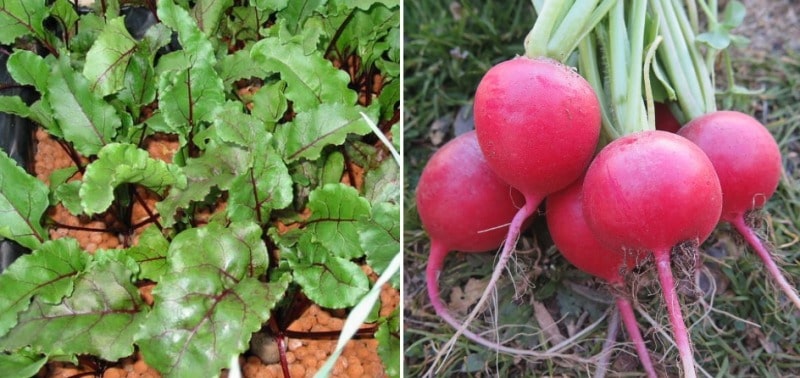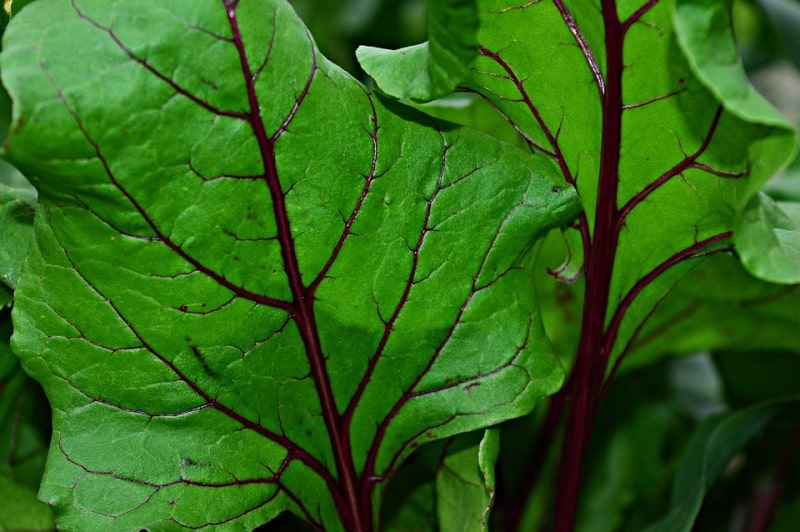A step by step guide for Growing Beetroot hydroponically
Let us discuss growing Beetroot hydroponically along with other cultural practices such as beets seed germination, transplanting, caring your hydroponic beets, required a nutrient solution, fertilizer for hydroponic beets and harvesting procedure of hydroponic beets. Hydroponic gardening is not something you find in everyone’s back yard, but that doesn’t mean it isn’t worth trying. If you live in an area that is prone to drought or tends to have frequent cool spells, hydroponics is a possible solution if you live in a place where you don’t have dedicated garden space again hydroponics is the solution. You can select a root vegetable, such as beets, as a starter crop to enjoy the technique of hydroponics. The care they need is fairly straightforward, and you won’t have to wait for long to enjoy the fruits of your efforts and everybody is aware of the benefits of beetroot. Beets are one of the easiest vegetables and hydroponic root vegetables you can grow at your own. They are less prone to insect and pest attack. They don’t need staking, pruning, or fussing. Just plant the seeds and let the plants grow for about 6 to 8 weeks. You can harvest the roots at any time between midsummer and late fall.
Beetroot seed germination in Hydroponics
Each seed is actually a group of flowers clustered together by the petals, which form a multi-germ cluster. In simple words, each “seed” contains two to five seeds; hence, beetroot seed production may produce multiple beet seedlings. Therefore, thinning a beet seedling is essential to have a vigorous beet crop.

Beets should be planted from seed for ease and better yield. Each beet seed is, in reality, a hard little cluster of 2 to 4 seeds. It takes several days or even a week for the outer seed coat to become softer and allow the seeds inside to sprout. It’s important to keep the growing media such as coco-peat planters consistently moist during this period so that the germinating seed has ample moisture to sprout out. Once the seeds have germinated into seedlings with two to three true leaves you can transfer the seedling to the system after you thin out some of the extra seedlings or diseased seedlings. Best germination occurs within 7 to 14 days, provided temperatures are maintained between 55-75 Fahrenheit. (12-23 C.). Plant seed ½-1 inch deep in the planters or in the hydroponic system directly.
Transplanting: Beetroot seedlings
Beetroot is one of the few root crops that can be grown from transplants providing the seedlings are planted out prior to they become constricted. Using modular trays are suggested with plants remained in the cells for a maximum of 3 weeks. Place one seed cluster per module and thin to keep the strongest seedling soon after they germinate. Don’t pull up the plants you are removing or this will cause root damage to the remaining plants. Carefully nip the stem with your fingernail or cut with scissors make sure you don’t cause harm to the developing roots else this may cause stress to plants.
You may be interested in Growing Kale Hydroponically.
Grow Media for Beets
Fill your hydroponic growing net with a growing media to support and stabilize the developing seedlings. A blend of perlite, vermiculite will work even better because of their moisture-retaining property. Perlite-Vermiculite mix or expanded Clay pebbles both have proven advantageous for tuber hydroponics. Make sure to leave some over headspace, at least an inch, more if possible, between your reservoir and the top of the containers.
Container for Growing Beets in hydroponics
A hydroponic system has to be the correct size to accommodate your fresh grown beets. Beet sizes vary somewhat depends on the variety, but they mostly attain a size of about 1 to 2 inches in diameter. The containers should be at least 4 inches in diameter by at least 6 inches in depth in order to accommodate the beetroots and their stems.
Temperature and Lighting for Growing Beetroot hydroponically
Beets are a cool-season crop; they will survive chills but don’t grow well in the intense summer heat. Temperatures of 60-65 Fahrenheit during their active growing periods are ideal.

If you are raising them outdoors, a location with availability of sunlight is best – partial shade will be sufficient, but not full shade. For indoor conditions grow light is needed to provide 6 – 8 hours of daily required light.
Hydroponic Nutrient for Beetroot
Mix the ready to use hydroponic fertilizer with water and fill your system’s watering tray or reservoir. The amount of fertilizer you add to the water varies with the brand and formulation. Read and follow the manufacturer’s instructions properly given on the label. Usually, the amount needed is less, such as 1 teaspoon of fertilizer per gallon of water.
You should not miss the Growing Bitter Gourd from Seed.
You can pour some extra cups of nutrient solution in a separate shallow container and double its water content. You can use this as a soak for the seedlings to give them proper conditioning to adjust to the system’s solution. Beets are heavy feeders similar to hydroponic radish and hydroponic carrots so choose hydroponic nutrient solution wisely. Nitrogen is the most important nutrient during its growth stage to let it grow properly. However, you can’t merely dump a ton of nitrogen into the solution, or even get a very high nitrogen solution and expect the plant to synthesis it correctly. Unfortunately, it’s not that easy, that why we suggest you select a hydroponic nutrient solution for beetroot from horticultural stores dealing with hydroponic supplies. One has to also regulate the following attributes for ideal growth:
Nutrient pH 6.0 to 6.5 EC 0.8-5 PPM – 1260-3500
How to harvest hydroponic Beetroot
Days to maturity likely to be between 50 and 70 days for most of the varieties, although they can be harvested at any time you desire. If you like larger bulbs, simply wait longer, but understand they will be tougher and woody as they mature.
Don’t let the green stem grow above 6 inches before harvesting. Don’t forget about the tops! Beet greens have a delicious and characteristic flavor and hold more nutrition than the roots so they can also be used.
Fresh beets can be stored in the refrigerator for about 5–7 days. Clipping the tops of beets will keep them fresh for a longer time. You can leave about one inch of stem on each beet, and store the greens separately.
That’s all folks about growing beetroot hydroponically without soil. Keep growing root crops.!
You may also like Most Profitable Crops.
Thankyou I have always wanted to grow beets but every year they die will try this season
Is growing Beetroot only done with seeds or CAN IT BE DONE WITH A FULLY GROWN BEET LIKE A PINEAPPLE?